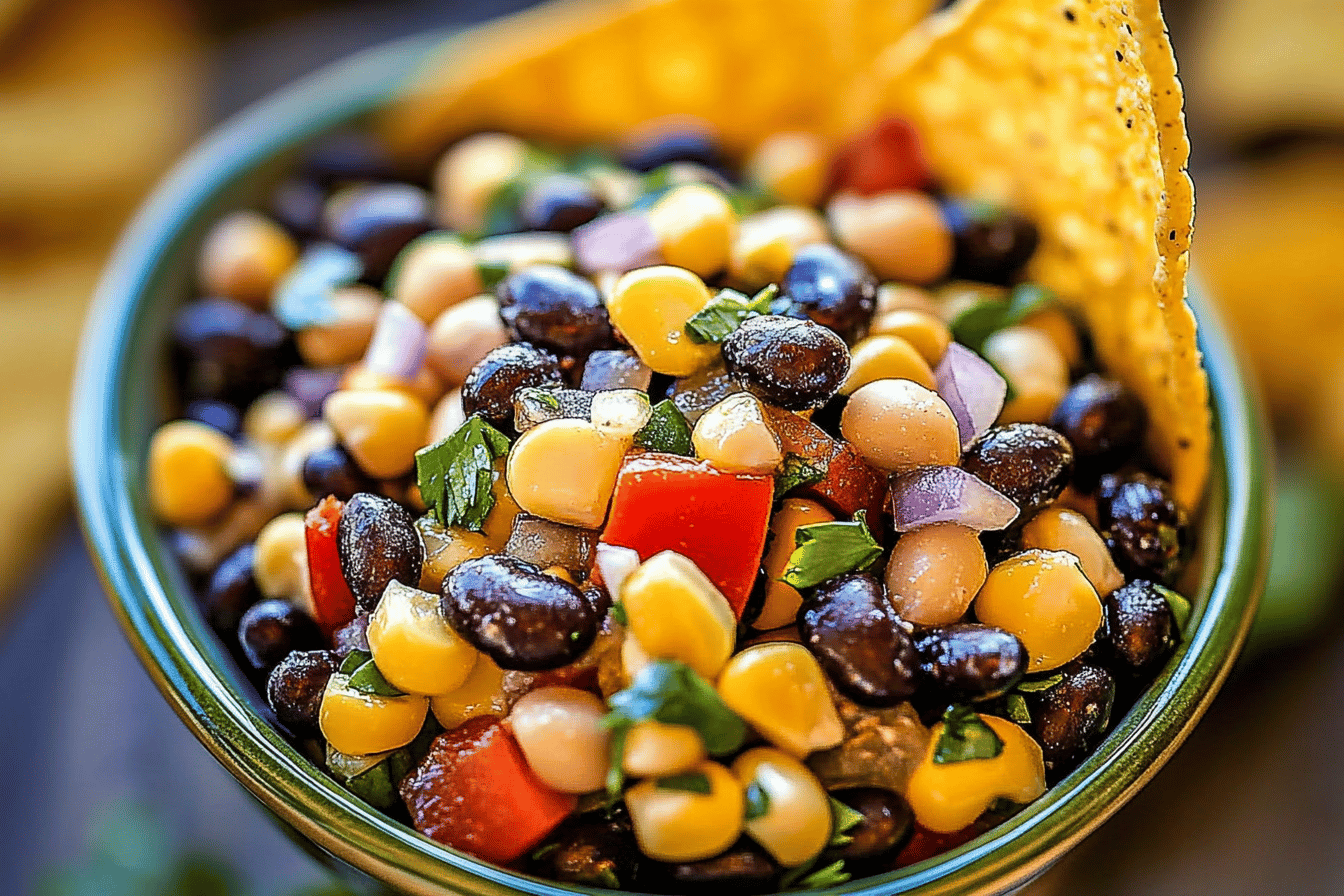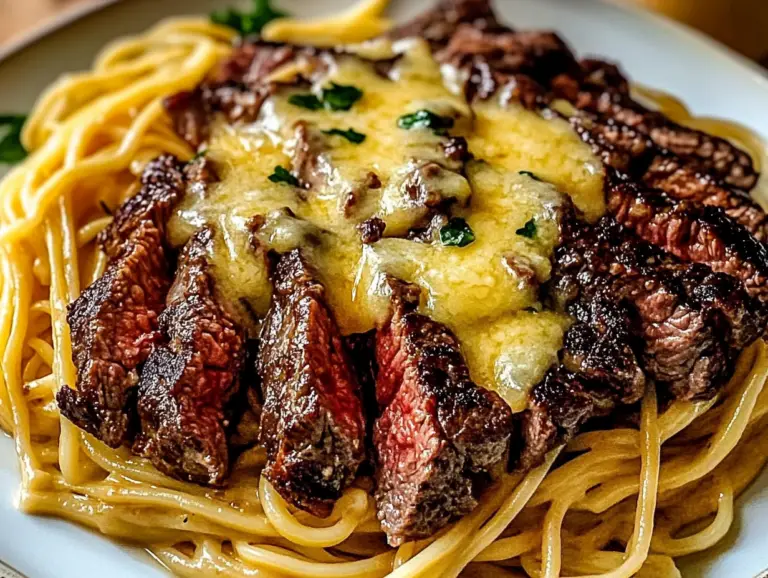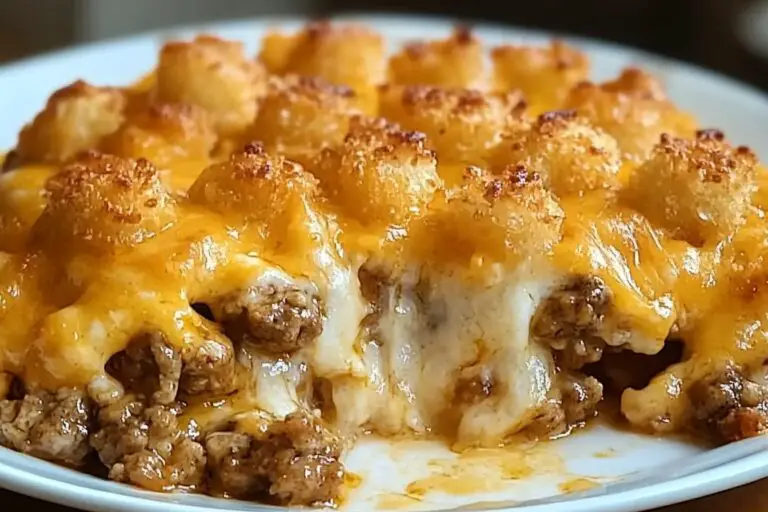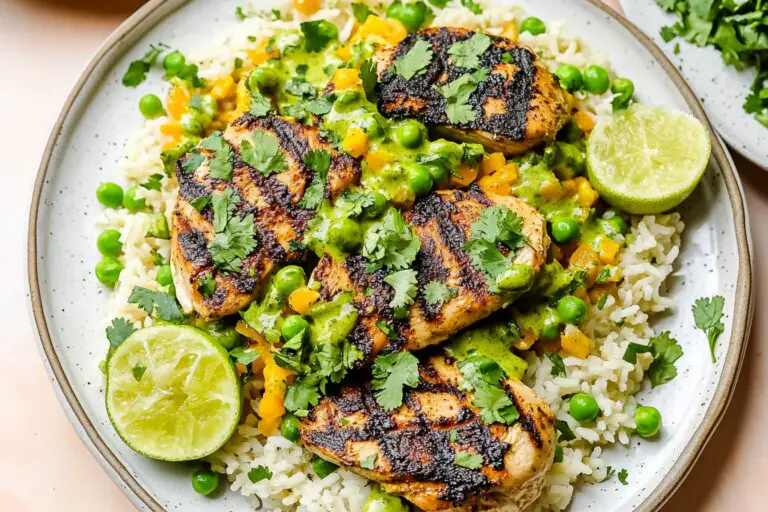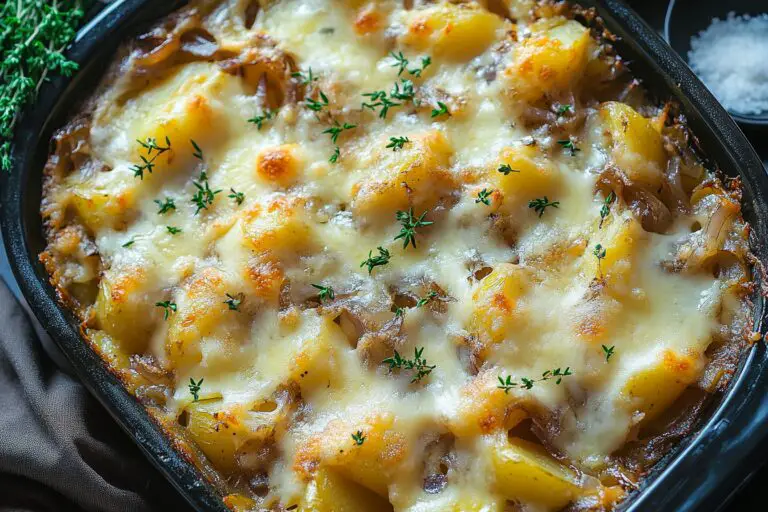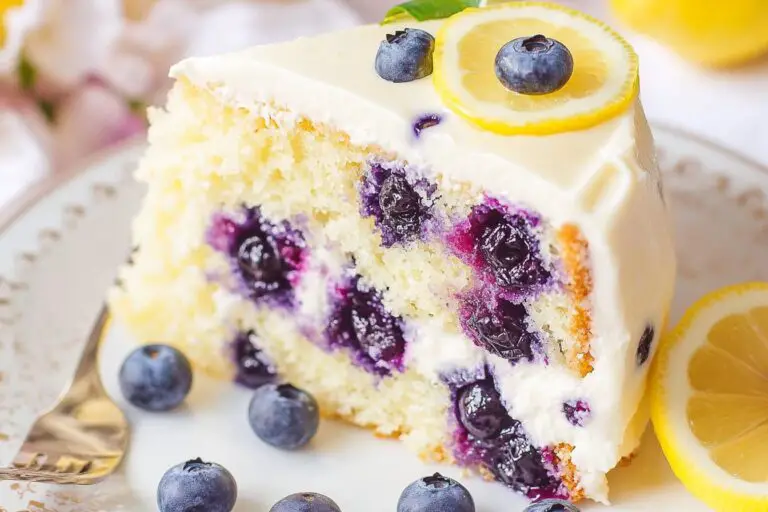Pasta Salad Recipe
Introduction
Pasta salad is a versatile and delightful dish that combines the comforting textures of pasta with a medley of fresh vegetables, proteins, and flavorful dressings. Perfect for gatherings, picnics, or as a fulfilling meal on its own, this recipe offers simplicity and the opportunity to add your personal touch.
Detailed Ingredients with Measures
To get started with making a delicious pasta salad, here is a list of ingredients you’ll need:
– 2 cups of rotini or any preferred pasta
– 1 cup of cherry tomatoes (halved)
– 1/2 cup of chopped cucumber
– 1/4 cup of diced red onion
– 1/3 cup of sliced black olives
– 1/2 cup of cubed cheese of your choice
– 1/4 cup of olive oil
– 3 tablespoons of red wine vinegar
– 1 tablespoon of Dijon mustard
– 1 teaspoon of garlic powder
– Salt and pepper to taste
– Optional: Fresh herbs like parsley or basil for garnish
Prep Time
Preparing this refreshing pasta salad doesn’t take much time and effort. With fresh ingredients and a well-organized kitchen, you’ll breeze through the preparation process.
Cook Time, Total Time, Yield
Cook Time: Pasta salad typically requires cooking the pasta for around 8-12 minutes, depending on the type. Remember to follow the instructions detailed on your pasta package for optimal results.
Total Time: With preparation and cooking combined, expect the entire process to take approximately 20-30 minutes.
Yield: This recipe yields approximately 4 servings, making it perfect for a small gathering or as part of a meal spread.
Pasta salad is adaptable and can be customized to suit individual preferences. By incorporating a variety of vegetables, proteins, and flavor enhancers, you can create something truly special to suit every occasion.
“`html
Detailed Directions and Instructions
Step 1: Cook the Pasta
1. Bring a large pot of salted water to a boil.
2. Add your preferred pasta (rotini, fusilli, or penne work well) to the boiling water.
3. Cook the pasta according to the package instructions until al dente, stirring occasionally.
4. Drain the pasta and rinse under cold water to stop the cooking process.
5. Place the cooled pasta in a large mixing bowl.
Step 2: Prepare the Vegetables
1. Wash all the vegetables thoroughly.
2. Chop the vegetables into bite-sized pieces. Commonly used vegetables include cherry tomatoes, bell peppers, cucumbers, red onions, and olives. Adjust the selection based on your preference.
3. Add the chopped vegetables to the mixing bowl with the pasta.
Step 3: Add Protein (Optional)
1. If using protein, prepare your chosen option—shredded rotisserie chicken, canned tuna, chickpeas, or cubed cheese are great choices.
2. Add the protein to the bowl with the pasta and vegetables.
Step 4: Make the Dressing
1. In a small bowl, whisk together olive oil, vinegar (such as red wine or balsamic), Dijon mustard, garlic, salt, and pepper.
2. Adjust the seasoning as needed by tasting the dressing. Add herbs like parsley or oregano for additional flavor, if desired.
Step 5: Combine Everything
1. Pour the dressing over the pasta, vegetables, and protein in the mixing bowl.
2. Toss everything gently until evenly coated with the dressing.
Step 6: Chill and Serve
1. Cover the bowl with plastic wrap or transfer the pasta salad to an airtight container.
2. Chill the pasta salad in the refrigerator for at least 1 hour to allow the flavors to meld.
3. Serve cold, garnished with fresh herbs or grated cheese if desired.
Notes
Note 1: Best Pasta Choices
Use short pasta shapes like rotini, fusilli, penne, or farfalle for the best texture and ease in eating.
Note 2: Customizable Ingredients
Feel free to customize the ingredients by adding or substituting vegetables, proteins, or herbs based on your taste preferences.
Note 3: Dressing Adjustments
Adjust the oil-to-vinegar ratio in the dressing to suit your flavor preference—more vinegar for tanginess or more olive oil for richness.
Note 4: Storage
Store the pasta salad in an airtight container in the refrigerator for up to 3 days. Stir before serving as the dressing may settle.
Note 5: Serving Suggestions
Serve as a side dish at barbecues or potlucks, or enjoy it as a light and refreshing main course.
Note 6: Dietary Options
Make it gluten-free by using gluten-free pasta, or vegan by omitting cheese and using plant-based protein options.
“`
Cook techniques
Properly Cook the Pasta
Cook the pasta just until al dente, according to the package instructions. Overcooking can result in a mushy salad. After cooking, drain and rinse the pasta under cold water to stop the cooking process and to cool it down.
Choose Fresh Ingredients
Use the freshest vegetables and herbs to ensure maximum flavor. Fresh produce adds a crisp texture and vibrant taste to the salad.
Prep Ingredients Uniformly
When chopping vegetables, try to keep the pieces uniform in size. This helps create a salad with a balanced texture and makes it more visually appealing.
Proper Dressing Distribution
Evenly toss the pasta and vegetables with the dressing. Ensure everything is coated properly to enhance the flavor of the salad.
Let the Salad Rest
After making the salad, allow it to sit in the fridge for at least 30 minutes. This resting time lets the flavors meld together, creating a richer taste.
Use the Right Amount of Dressing
Avoid over-dressing or under-dressing the salad. Start with a smaller amount of dressing, mix well, and then slowly add more if necessary.
Add Protein or Extras
Add ingredients like grilled chicken, shrimp, or cheese for additional protein and flavor. You can also customize the salad by adding nuts, seeds, or dried fruits for extra texture and taste.
FAQ
Can I make pasta salad in advance?
Yes, pasta salad actually tastes better when made in advance. Prepare it a few hours ahead of time or even the night before to let the flavors fully develop in the fridge.
What type of pasta works best for pasta salad?
Short pasta shapes like fusilli, penne, or farfalle are ideal for pasta salad. Their shape helps hold the dressing and other ingredients better.
How do I prevent the pasta from sticking together?
After draining, rinse the pasta with cold water immediately to cool it down and stop the cooking process. Toss it with a small amount of olive oil to prevent sticking.
What if I don’t have a dressing? Can I make one at home?
Yes, you can easily make a simple dressing at home using olive oil, vinegar or lemon juice, honey, garlic, and your favorite seasonings. Whisk them together, and you’re good to go.
Can pasta salad be served warm?
While pasta salad is typically served cold or at room temperature, you can customize it to your liking and serve it warm if desired. Just ensure the vegetables and dressing can handle the heat without losing texture or flavor.
How long does pasta salad stay fresh?
Pasta salad can last up to 3-4 days when stored in an airtight container in the fridge. However, the quality may decrease as the vegetables release moisture, so it’s best to eat it sooner.
Can I freeze pasta salad?
It’s not recommended to freeze pasta salad because the texture of the pasta and fresh vegetables will change. It’s best enjoyed fresh or refrigerated for a few days.
What’s a good way to customize pasta salad?
Pasta salad is highly customizable. You can add proteins like chicken or tuna, experiment with different vegetables, or include unique ingredients like olives, sun-dried tomatoes, or roasted peppers for a twist.
How do I fix over-dressed pasta salad?
If your pasta salad has too much dressing, you can add more cooked pasta or extra vegetables to balance the flavor and consistency.
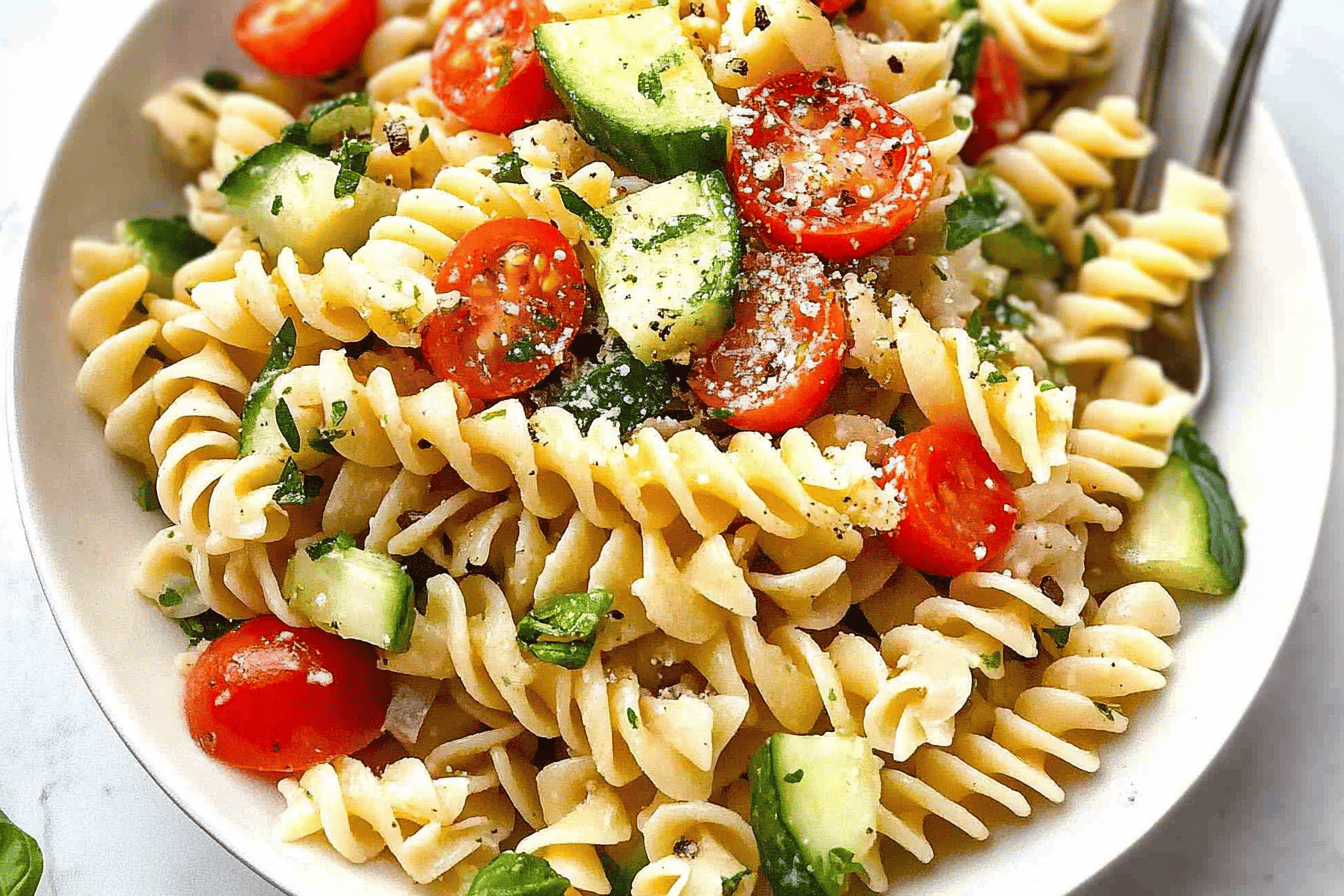
“`html
Conclusion
Creating pasta salads is an excellent way to enjoy a versatile dish that is both enjoyable and nutritious. With endless combinations of ingredients, dressings, and add-ons, you can make your pasta salad suit any occasion or personal preference. Whether served as a side dish or a main course, pasta salad is sure to cater to everyone’s taste buds. So, get creative and experiment with different flavors to find your perfect mix!
More recipes suggestions and combination
Classic Italian Pasta Salad
A delightful combination of pepperoni, mozzarella, cherry tomatoes, fresh basil, and Italian dressing tossed with rotini pasta.
Greek-Inspired Pasta Salad
Combine feta cheese, black olives, cucumbers, cherry tomatoes, and red onions with penne pasta and a tangy olive oil and lemon dressing.
Pesto Pasta Salad
Mix cooked pasta with a generous helping of pesto, cherry tomatoes, and fresh arugula for a bright, flavorful salad.
Southwest Pasta Salad
Blend black beans, corn, diced avocado, bell peppers, and a zesty lime-cilantro dressing with your favorite pasta.
Caprese Pasta Salad
Combine fresh mozzarella, ripe tomatoes, fresh basil leaves, and balsamic glaze for a classic Caprese-inspired pasta salad.
Seafood Pasta Salad
Add cooked shrimp or crab meat, celery, dill, and a light citrus dressing for a refreshing seafood twist on the classic pasta salad.
Asian-Inspired Pasta Salad
Use soba noodles or any pasta of choice, and top with sesame oil, ginger, soy sauce, and a mix of carrots, red cabbage, and green onions.
“`

